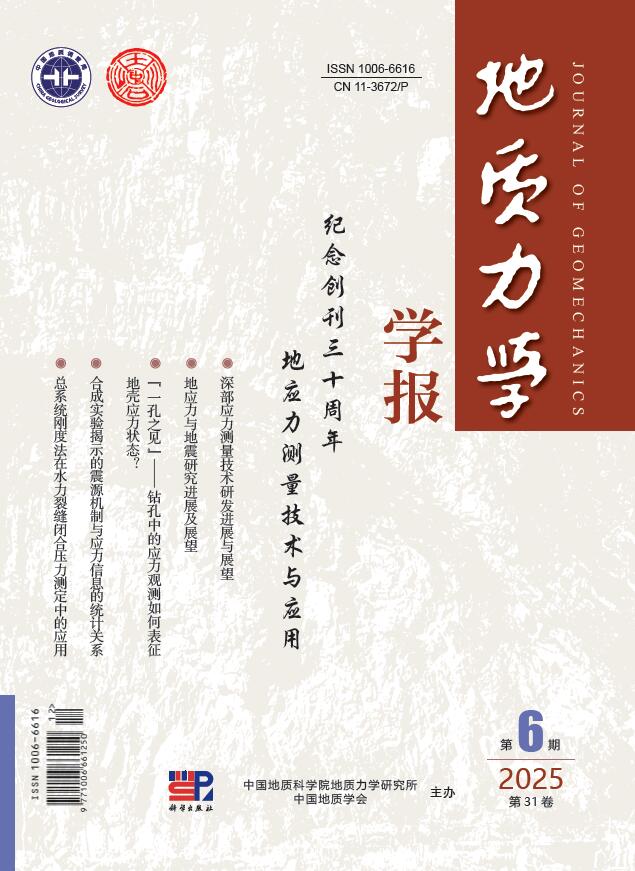Abstract:
Petroleum and gas are important strategic resources, among which natural gas as a clean energy resource has always been and still will be the most important energy resource in the foreseeable future, even after cutting global carbon emissions and China peaking carbon emissions. Diversification of energy import channels has been one of the effective measures to alleviate the energy shortage in China. The Arctic region is rich in oil and gas resources and is dominated by natural gas. The vast majority of oil and gas resources found in the Arctic are in Russia, but now more than 80 percent of the Russian natural gas production is already in their oil and gas fields in north Arctic Circle. In 2012, China and Russia officially launched a joint project to develop liquefied natural gas, marking significant progress in China's participation in the development and utilzation of Arctic oil and gas resources, and in fact started the cooperative process to integrate the China-led "Construction of the Silk Road Economic Belt"and the later Russia-led "Construction of Eurasian Economic Union".The total amount of oil and gas resources discovered in the Arctic region is 328.94 billion barrels of oil equivalent, of which oil equivalent amounts to 60.54 billion barrels (8.41 billion tons), only accounting for 2.5% of the world's discovered oil resources; Natural gas amounts to 41.4 trillion cubic meters (268.3 billion barrels, 37.26 billion tons of oil equivalent), and accounts for 15.5 percent of the world's discovered natural gas resources. The vast majority of oil and gas resources discovered in the Arctic region are in Russia, which has a total of 290.5 billion barrels of oil equivalent (40.35 billion tons), accounting for 88.3%, of which natural gas amounts to about 39.47 trillion cubic meters, about 255.79 billion barrels (35.53 billion tons) of oil equivalent, constituting more than 95% of the total discovered natural gas resources in the Arctic. The Arctic also has considerable undiscovered oil and gas resources, accounting for about 15% of the world's total undiscovered amount; The undiscovered natural gas, which mainly distributes in Russia, accounts for 30% of the world's total undiscovered amount. In the context of global warming and crackdown by the US-led Western world, Russia is bound to increase extraction and development of Arctic oil and gas, especially natural gas, and transport them through the Arctic Shipping Lanes to China and other consumer countries, in order to secure its natural gas export revenue and fiscal revenue. This paper takes as the basis the summary of the distribution characteristics of oil and gas resources in the Arctic, oil and gas resources and the Arctic strategy of Russia, and the traffic capacity of the Northern Sea Route (NSR), and reviews the launch and development of the liquefied natural gas joint project as well as the international power politics environment. Moreover, this paper briefly introduces the process of China's successful intervention in the Arctic oil and gas resources project, and puts forward the strategic measures for China to utilize Arctic oil and gas resources.



